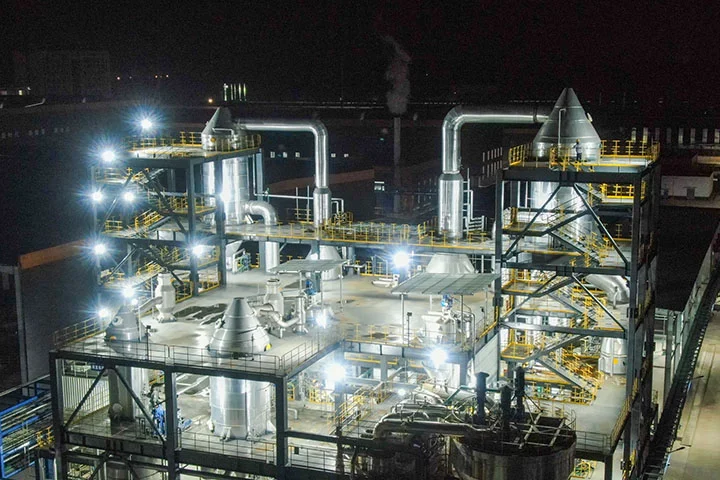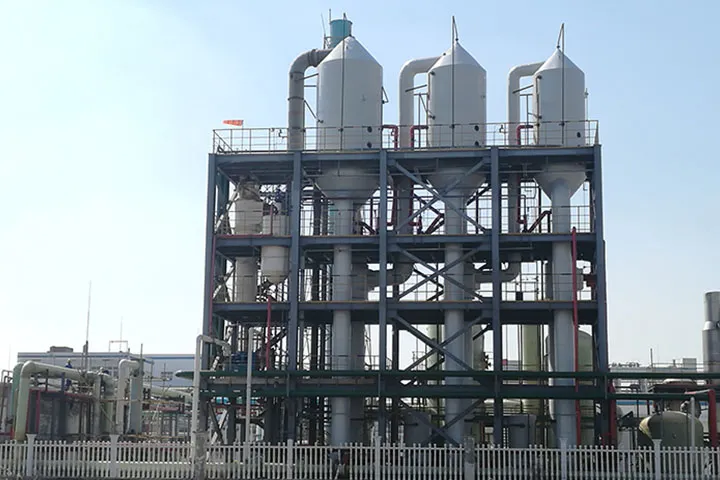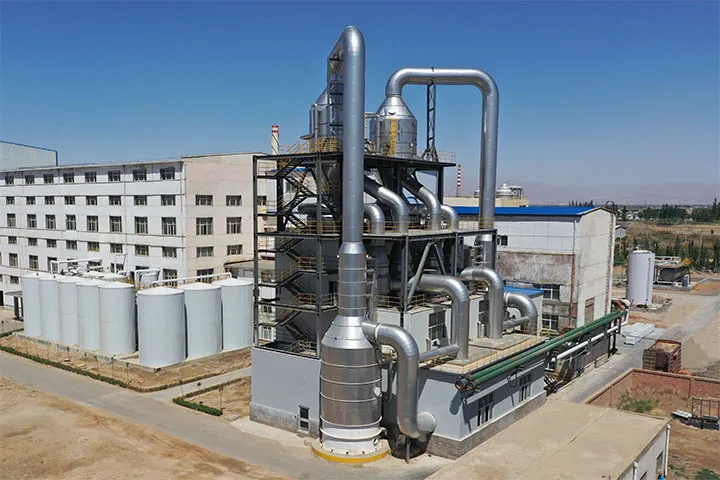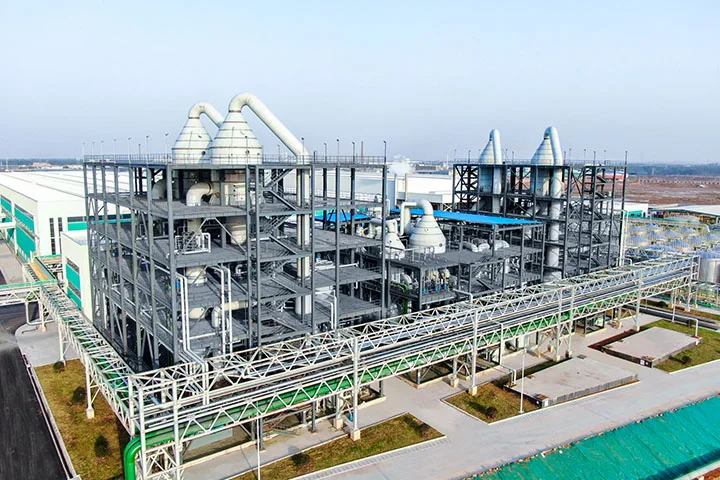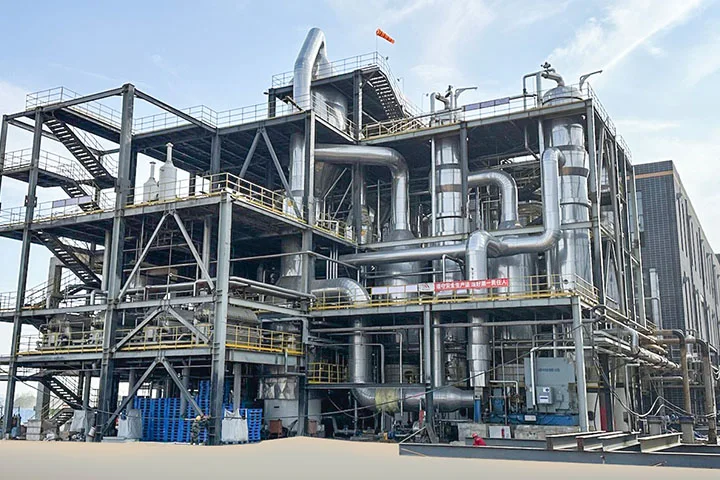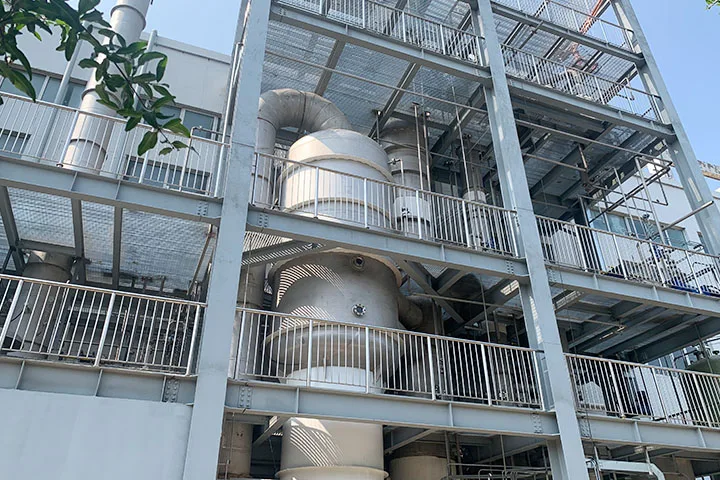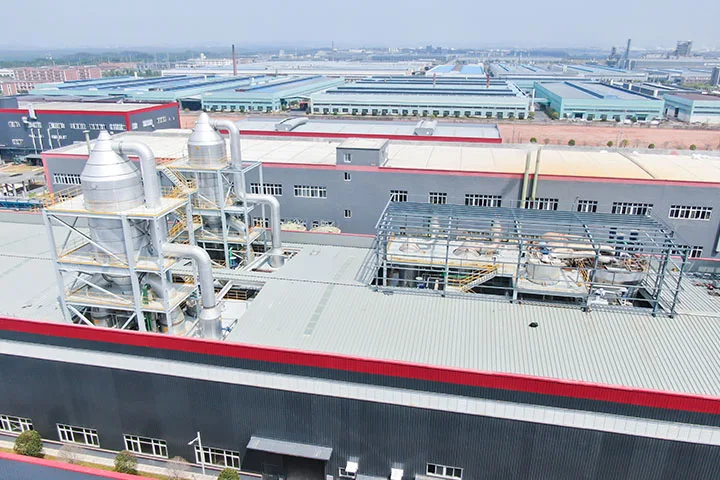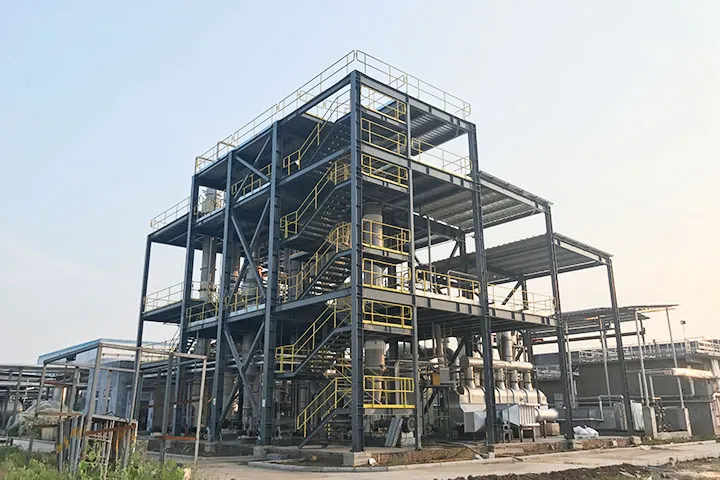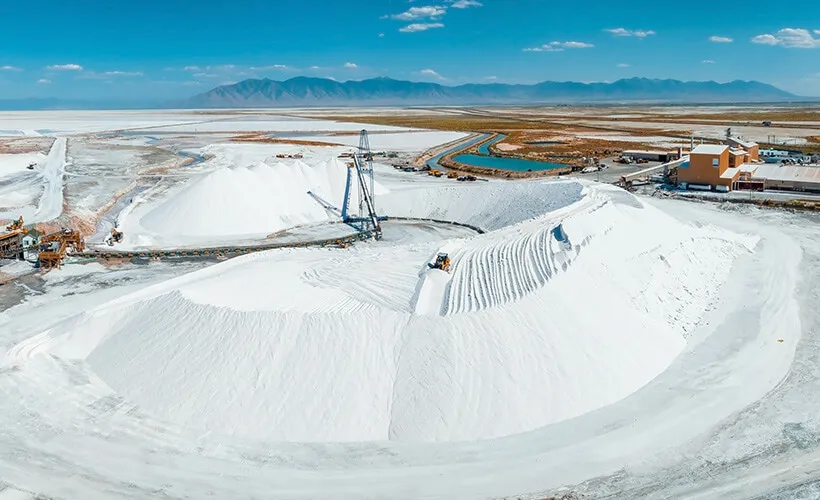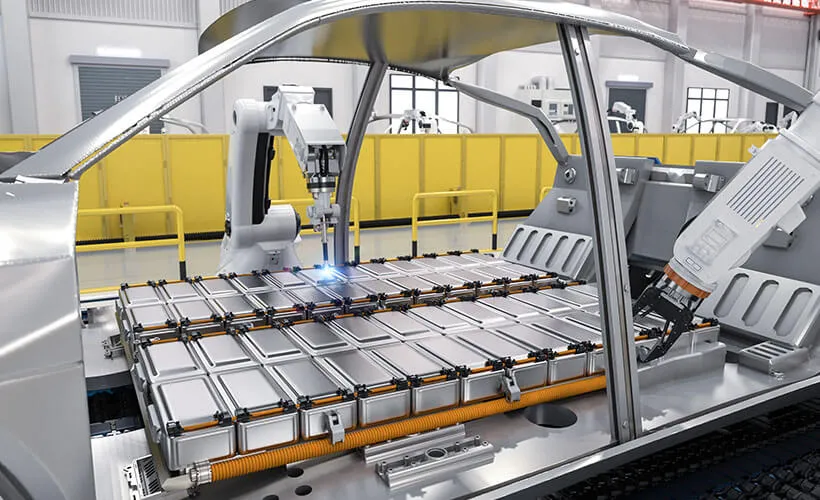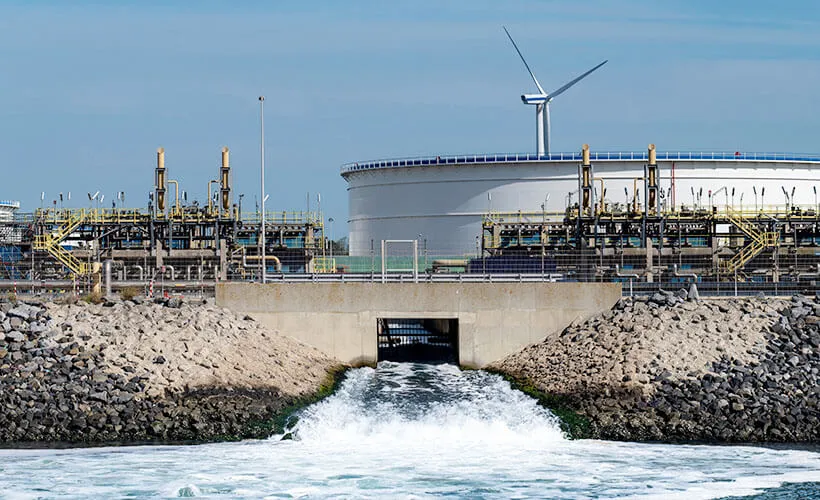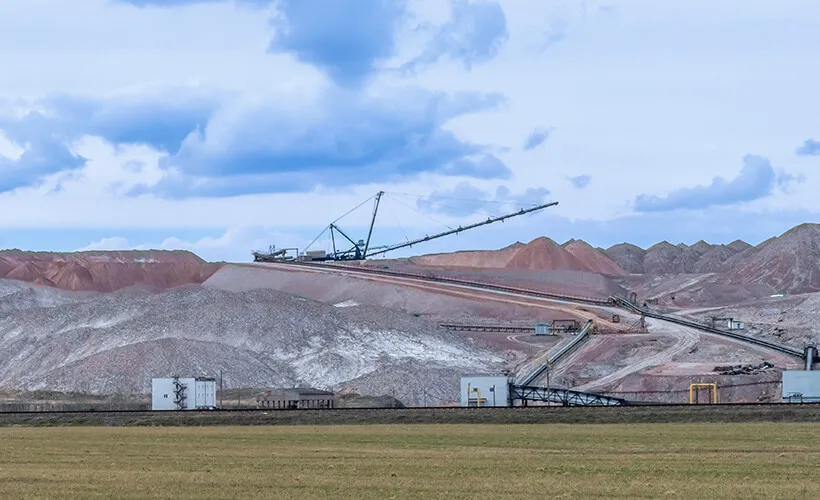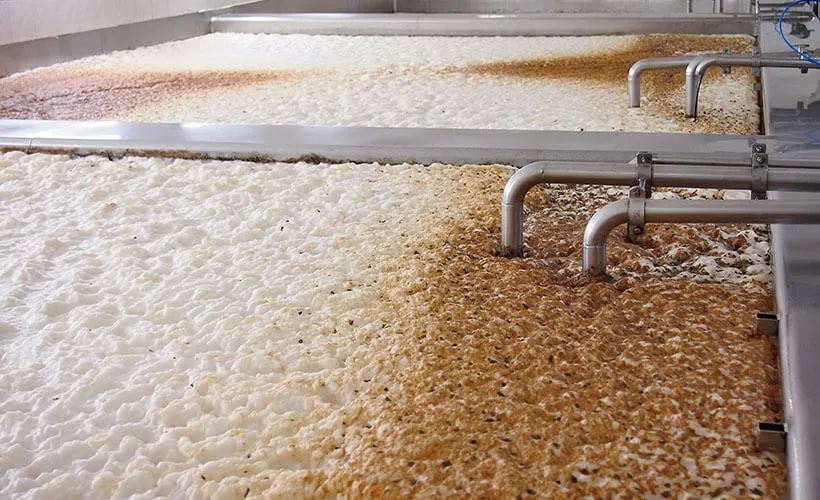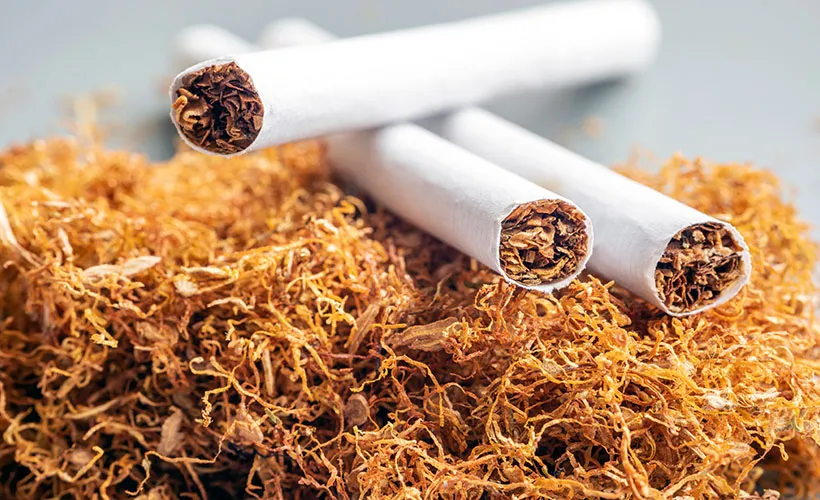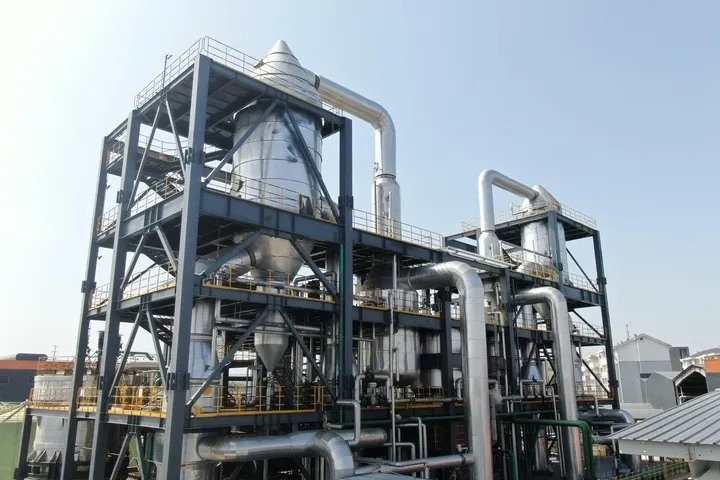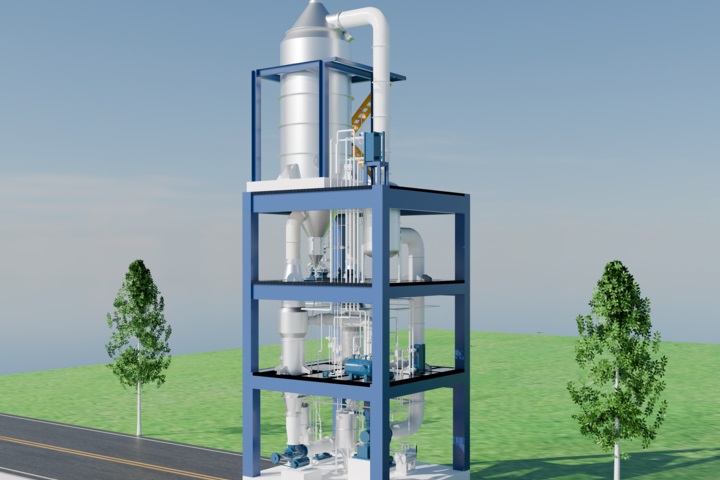I’ve spoken with dozens of industrial plant managers, and the story is always similar: “We’re spending more and more to manage wastewater. The regulations are tightening. And we still don’t know how to reduce water use without compromising production.”
Industrial vacuum evaporators offer a powerful, efficient, and increasingly essential solution to today’s wastewater challenges. These systems help companies reduce waste, recover clean water, and comply with environmental regulations—often at lower costs than traditional methods.
At Myande, we’ve spent over 20 years building complete evaporation and crystallization systems that help our partners in industries like lithium battery recycling, chemical manufacturing, fermentation, and food processing solve exactly these problems. Let me walk you through why vacuum evaporation is fast becoming a go-to technology and how it works.
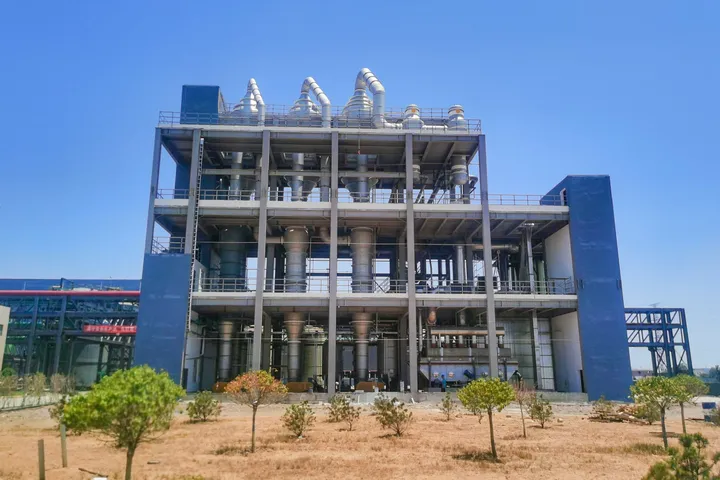
What is an Industrial Vacuum Evaporator?
Vacuum evaporators are thermal separation systems that distill water from industrial effluent under vacuum conditions. Why vacuum? Because when pressure drops, so does the boiling point of water—allowing evaporation to occur at just 35–40°C. This significantly reduces energy consumption and preserves the integrity of temperature-sensitive materials.
In simple terms: we heat wastewater under vacuum, collect the clean vapor as distilled water, and leave the contaminants behind in a much smaller volume.
This approach is ideal when you need:
- High water recovery
- Zero liquid discharge (ZLD)
- Energy-efficient operations
Here’s a quick look at how it works:
🧪 How Vacuum Evaporation Works
| Stage | What Happens |
|---|---|
| Heating | Wastewater is heated in a vacuum environment. |
| Evaporation | Water boils at a lower temperature, forming vapor. |
| Condensation | Vapor is condensed into high-purity water. |
| Concentration | Residuals (salts, oils, metals) are separated for disposal/reuse. |
Why Choose Vacuum Evaporators Over Traditional Methods?
I often tell clients: conventional treatment methods like chemical precipitation or filtration have limits. They struggle with dissolved solids, heavy metals, or organic compounds. That’s where vacuum evaporators shine.
Vacuum evaporators reduce liquid waste volume by up to 99%, recover 95–99% of clean water, and slash disposal costs—especially for challenging waste streams.
They also help companies meet modern sustainability goals by enabling Zero Liquid Discharge (ZLD)—a target many regulators now enforce or incentivize.
🔍 Benefits Snapshot
- ✅ High recovery: 95–99% clean water
- ✅ ZLD compliance: only dry or manageable solids left
- ✅ Low energy consumption: 30–60% less than atmospheric systems
- ✅ Process flexibility: handles viscous, corrosive, or sensitive liquids
Common Applications of Vacuum Evaporators
Here at Myande, we design systems for a wide range of industries. Based on our experience, these are the sectors where vacuum evaporators deliver the most value:
| Industry | Application |
|---|---|
| Lithium & Battery | Extraction from ores, brines, and battery recycling leachate |
| Chemical | Waste acid recovery, high-salinity brines, waste solvent concentration |
| Fermentation | Separation and recovery of nutrients and water from process streams |
| Food & Beverage | Concentration of wash waters, brines, and organic wastewater |
| Textile & Dyeing | Treatment of dye-containing wastewater with salts and surfactants |
| Oil & Gas | Produced water and fracturing fluid cleanup |
| Landfill Leachate | Reducing leachate volume before final treatment |
What is an Evaporator for Wastewater Treatment?
An evaporator for wastewater treatment is a system designed to separate clean water from industrial wastewater by converting it into vapor and condensing it. The remaining contaminants are concentrated into a small volume of residue.
A vacuum evaporator does this at lower temperatures using less energy and protecting sensitive compounds, making it ideal for modern industrial needs.
This allows industrial facilities to:
- Reduce disposal volumes and cost
- Reuse high-purity water in production
- Recover resources like salts or solvents
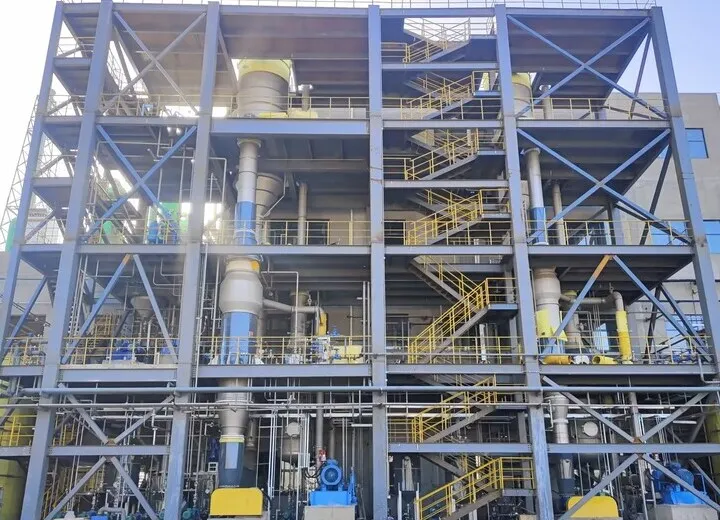
What is the Efficiency of a Vacuum Evaporator?
Clients often ask us: “How much water can we actually recover?” Our experience shows that vacuum evaporators consistently outperform other technologies in both water and energy efficiency.
Typical performance metrics:
| Metric | Typical Performance |
|---|---|
| Water Recovery Rate | 95%–99% |
| Energy Efficiency | Up to 95% (with MVR/heat pump) |
| Waste Volume Reduction | Up to 99% |
| Energy Use (heat pump) | ~0.57 kWh/gallon |
What is the Most Effective Type of Evaporator?
While all vacuum evaporators offer significant advantages, the most effective solution for industrial-scale ZLD is the MVR (Mechanical Vapor Recompression) multi-effect evaporator.
It delivers unmatched energy savings, maximum water recovery, and flexibility across a wide range of wastewater types.
⚙️ Evaporator Comparison
| Evaporator Type | Energy Efficiency | Recovery Rate | Best Use Case |
|---|---|---|---|
| MVR Multi-Effect | ★★★★★ Up to 95% | 95–99% | High-volume ZLD, lithium, chemicals |
| Heat Pump | ★★★★☆ | 90–95% | Small/medium corrosive streams |
| Falling Film | ★★★★☆ | 90–98% | Low-fouling, high-throughput fluids |
| Agitated Thin-Film | ★★★★☆ | 90–98% | Heat-sensitive, viscous fluids |
Final Thoughts: Your Path Toward Water Circularity Starts Here
In today’s industrial landscape, water management is no longer just a cost issue—it’s a sustainability imperative.
Vacuum evaporators, especially MVR types, provide an efficient, future-ready solution that reduces environmental risk and maximizes resource recovery.
At Myande, we don’t just sell systems—we build complete turnkey solutions from concept to commissioning, tailored to your exact wastewater composition and reuse goals.

